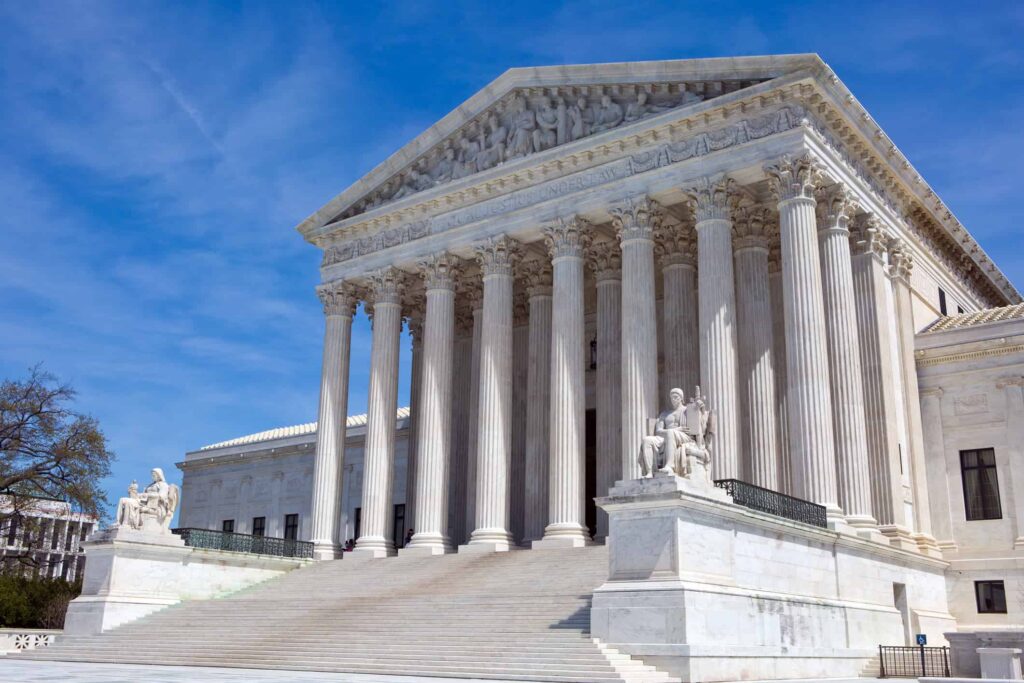Judith Curry just posted a piece by an anonymous Planning Engineer arguing that pointing the finger-bone of blame at either renewables or fossil fuels in Texas misses the point. As do the usual suspects saying “Capitalism kills”. Who oddly include Republican Texas governor Greg Abbott who said “The people who have fallen short with regard to the power are the private power generation companies” which, the Wall St. Journal editorial board promptly retorted, “are regulated by government” before adding that for many years Texas, other states and the federal government have heavily subsidized wind while heavily regulating coal and nuclear, to the advantage of the former and the detriment of the latter. But as Curry’s engineer observes, neither conventional nor alternative energy facilities in Texas were engineered for Minnesota winters. Why not? Surely one important reason people did not think Texas could have a big winter storm is that they had convinced themselves, and often others as well, that the planet was overheating. Children were meant to be bidding farewell to snow in Minnesota, not meeting it in Texas.
Both the renewable and conventional power sources could have been made more cold-resistant. It would cost more, of course. But it would be an investment in security of supply not just immediacy. And as engineers know, a crucial design question is not whether something is likely to fail but whether it fails well or badly. For instance a bridge that develops ominous cracks a week in advance is better than one that shatters suddenly.
As that engineer points out, it’s a question here of economic as well as physical tradeoffs. If you create a “capacity market” that rewards dependable backup energy you don’t just spend more, you spend more of it on fossil fuels (and nuclear). Whereas an “energy market” that pays for power delivered and hopes for the best in time of trouble doesn’t just spend less, it leans more toward spending what it does spend on trendy alternative fuels. These are good points, as is the concluding statement that “Doing a post-mortem on the Texas situation ignoring incentives and responsibility is inappropriate and incomplete.”
As it would be on any human endeavour, we must add.
Perhaps they will now think otherwise, either because the planet is not overheating or because the alarmists have now convinced themselves and others that one consequence of warming is cooling. Which is a bit hard to assess either in terms of the validity of the theory or in terms of what you should do next.
So if you want a prediction you can count on, Steve Goddard warned 12 years ago about wind power that “on the coldest days in winter, the air is still and the turbines don’t generate much (if any) electricity…. The belief that conventional capacity can be fully replaced by wind or solar is simply mistaken and based on a flawed thought process. People want to believe in renewable energy, and that desire blocks them from thinking clearly…. Wind and solar can reduce the average load over a year, but they can not reduce the base or peak requirements for conventional electricity.”
They can however make things worse. As Holman W. Jenkins Jr. admonishes us in the Wall Street Journal, among many other things, making Texas pipeline compressors run on electricity means “blackouts meant to conserve electricity can actually reduce it, by knocking gas-burning generators offline”. Not a mistake engineers would make. At least not without help from politicians.



Note for the uninitiated: Steven Goddard = Tony Heller.
It's way worse than your concluding sentence suggests. Turns out that the "CO2 pollution" regulators refused to grant the energy producers in Texas permission to ramp up energy capacity in the days before the deep freeze hit. Conjectured lives lost to global warming 100 years from now count for more than actual lives lost to global colding today.
In both summer and winter, high-pressure atmospheric systems mean little or no wind, and they also produce the extremes of temperatures since the sky is clear. In summer the sun heats the earth and the air above it during the day. In the winter, light from the lower sun has more atmosphere to penetrate, weakening it, and the clear sky allows more radiant heat to escape into space, so temperatures plummet. In either case, those wind turbines generate nothing right when the electricity demand is at its highest. Real smart, that.